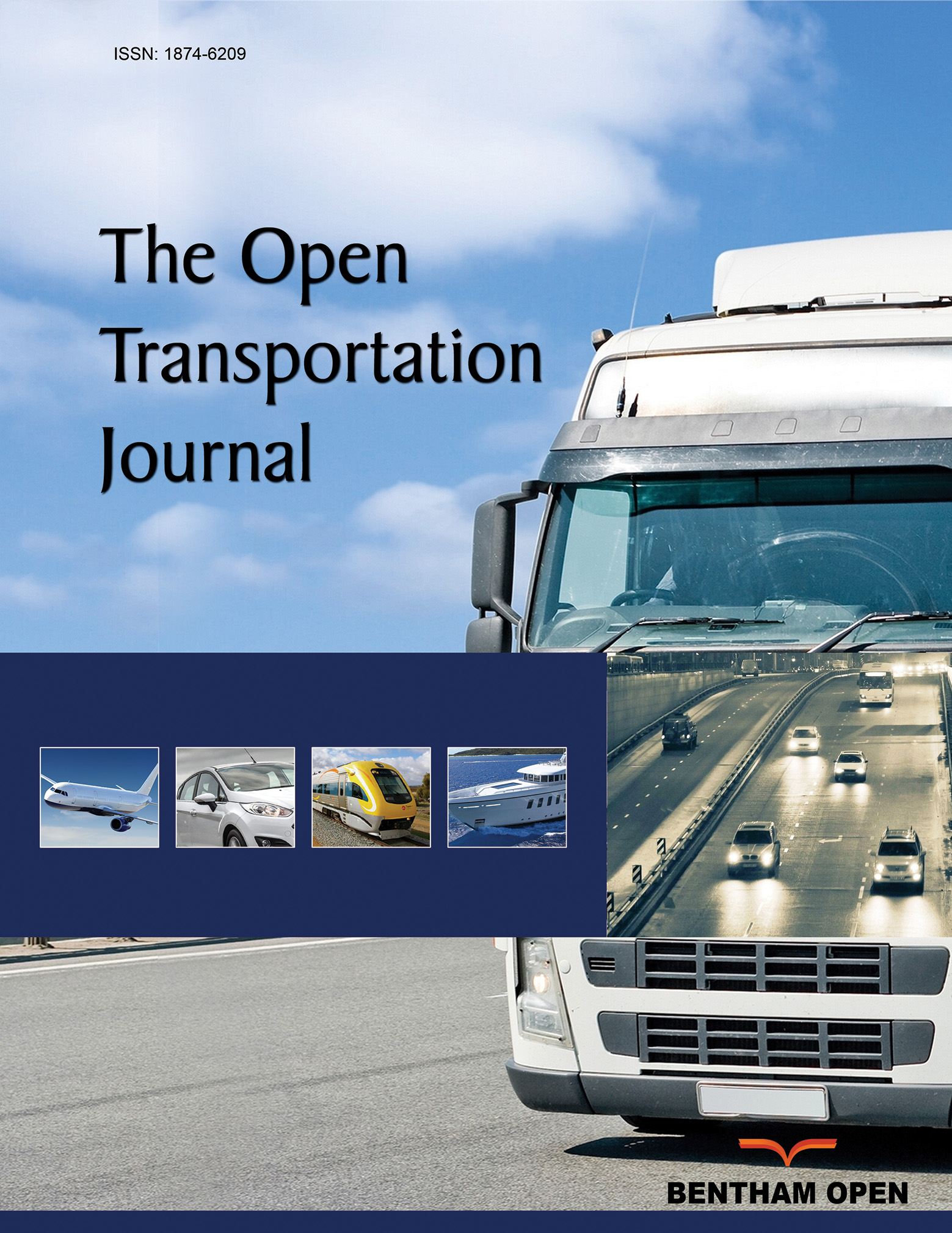All published articles of this journal are available on ScienceDirect.
Risk Perception and Crash Involvement of Cell Phone Users While Driving Among Young Drivers in Developing Countries: The Case of Qatar
Abstract
Background:
Cell phone use while driving is a significant safety problem all around the world. It is considered one of the main factors contributing to road crashes among young drivers.
Aim:
To address this problem, it is important to determine how young drivers perceive the risk of using a cell phone while driving and to understand whether the perception of risk is correlated with their crash involvement.
Methods:
Data were collected through a detailed questionnaire from young drivers in Qatar to assess potential correlations between the drivers’ demographic background, perception of risk, and crash involvement. Logistic regression models were developed to explore the relationships between those variables.
Results:
The analysis revealed that female drivers had a higher perception of risk related to using cell phones while driving compared to male drivers. Drivers with higher education levels were found to also have a higher perception of risk when compared to less educated drivers. The analysis showed that participants who perceived lower risk of answering a call while driving were more likely to be involved in a crash.
Conclusion:
These results can be useful to identify the groups that should be targeted through countermeasures. Different countermeasures were presented, and directions for future research were proposed.


